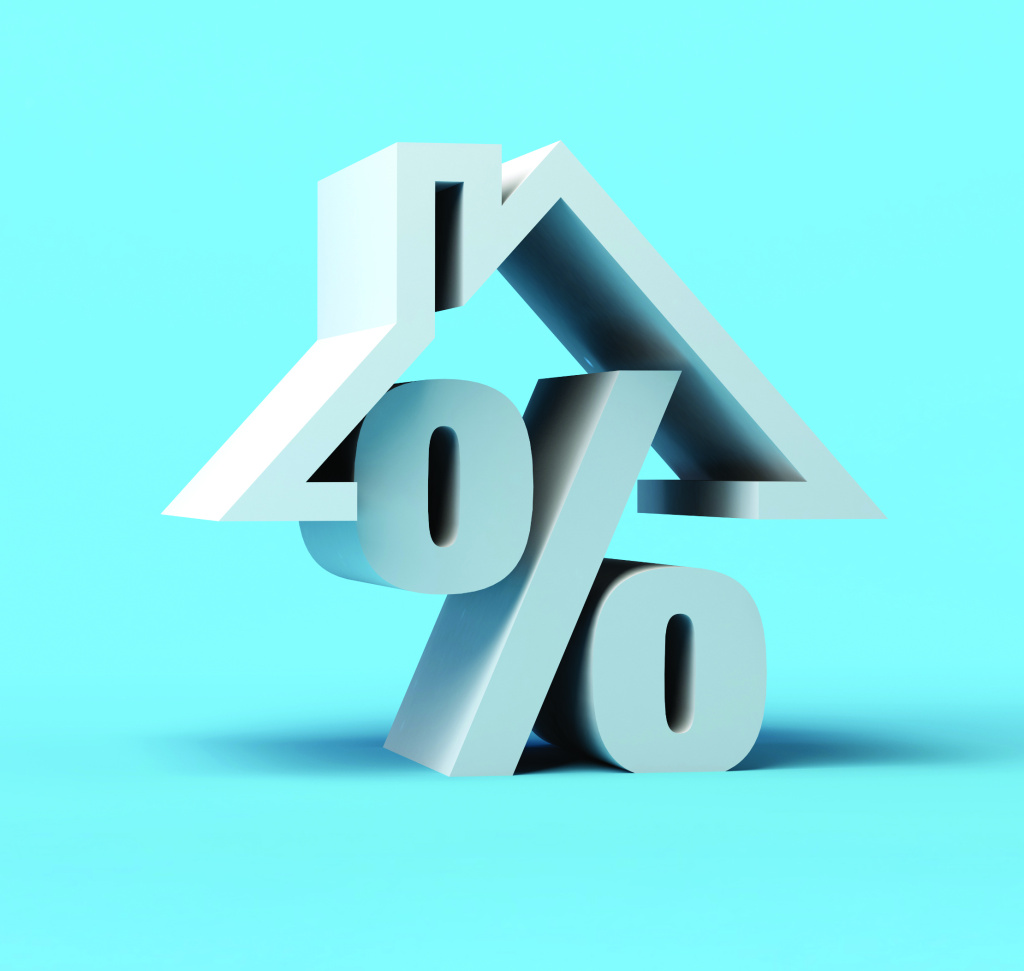
Environmental, social and governance (ESG) factors have become an increasingly important part of business strategy for firms large and small in every sector of the economy.
Consumers too are becoming more environmentally conscious, with a recent Deloitte study finding that 32% are highly engaged with adopting a more sustainable lifestyle.
Fostering good relationships with lenders will help
The mortgage industry has responded by creating ‘green mortgages’ and other incentive-driven ‘green’ deals. First outlined in the UK government’s 2017 blueprint for a low carbon future, the Clean Growth Strategy introduced the idea of green mortgages that give borrowers preferential terms if they can demonstrate their property meets certain environmental standards. Other products offer incentives to borrowers who use their mortgage loan to make environmentally-friendly home improvements.
However, with green mortgages being relatively new and lenders offering different green products and policies, clients may be wondering what is the best option for them. Intermediaries are best placed to help their clients navigate the green market in their aims to become more environmentally conscious and find a product that suits them.
It is important to highlight both where these products come from and how they fit into buyers’ wider financial lives
As green mortgages will likely be a new concept to some clients, it is important to highlight both where these products come from and how they fit into buyers’ wider financial lives. The rise of UK flooding and climate disasters around the world has motivated the government to place climate change and sustainability on top of the political agenda. Wider changes in governmental and consumer attitudes have also led people to become more conscious of their carbon footprint.
Part of the mortgage market’s response to this was to introduce the notion of green mortgages, which have become increasingly popular since their introduction and are a growing part of the mortgage sector.
Shades of green-ness
With all the different products and policies, intermediaries will need to talk through the options available and help clients decide which product suits their needs and their home best, while highlighting the benefits each green product brings.
The types of green mortgages available often vary based on the energy performance certificate (EPC) of the property in question. Some products are reserved solely for those homes that have an EPC rating of C or above, and many homes with A and B ratings can be given cheaper rate of mortgage.
Intermediaries are in the best position to guide clients on the new green mortgage sector
However, green products do not exclude buyers with properties of a rating below C. Many lenders offer products that incentivise buyers to improve their homes’ efficiency through the use of vouchers or cashback. For example, Coventry for intermediaries’ Green Together Reward offers customers £500 in return for carrying out work that aims to improve their property’s energy efficiency.
Alternative benefits
Additionally, there are other products on the market that offer alternative benefits, such as a higher loan-to-value for the most efficient homes, products with less restrictive affordability payments, and some lenders plant a tree for every mortgage sold.
With the green mortgage market taking off, and buyers needing practical advice on what green mortgages are and why should they get one, intermediaries can position themselves as green experts.
Intermediaries can make sure they are up to date with market developments by keeping in touch with lenders and finding out about their new green products. Fostering good relationships with lenders will help intermediaries when it comes to answering clients’ questions and navigating the growing market.
Sharing product updates with borrowers and regularly communicating developments in the green mortgage market will show clients that they are know-ledgeable in the green sector, meaning borrowers are more likely to come to intermediaries for advice.
A Deloitte study found 32% of consumers were highly engaged with adopting a more sustainable lifestyle
Intermediaries are in the best position to guide clients on the new green mortgage sector, educating them on the purpose of green mortgages, what products are on offer and the financial benefits involved. As sustainability continues to dominate business and political agendas, intermediaries will need to become experts in what is soon to be a booming market.
Jonathan Stinton is head of intermediary relationships at Coventry for intermediaries



